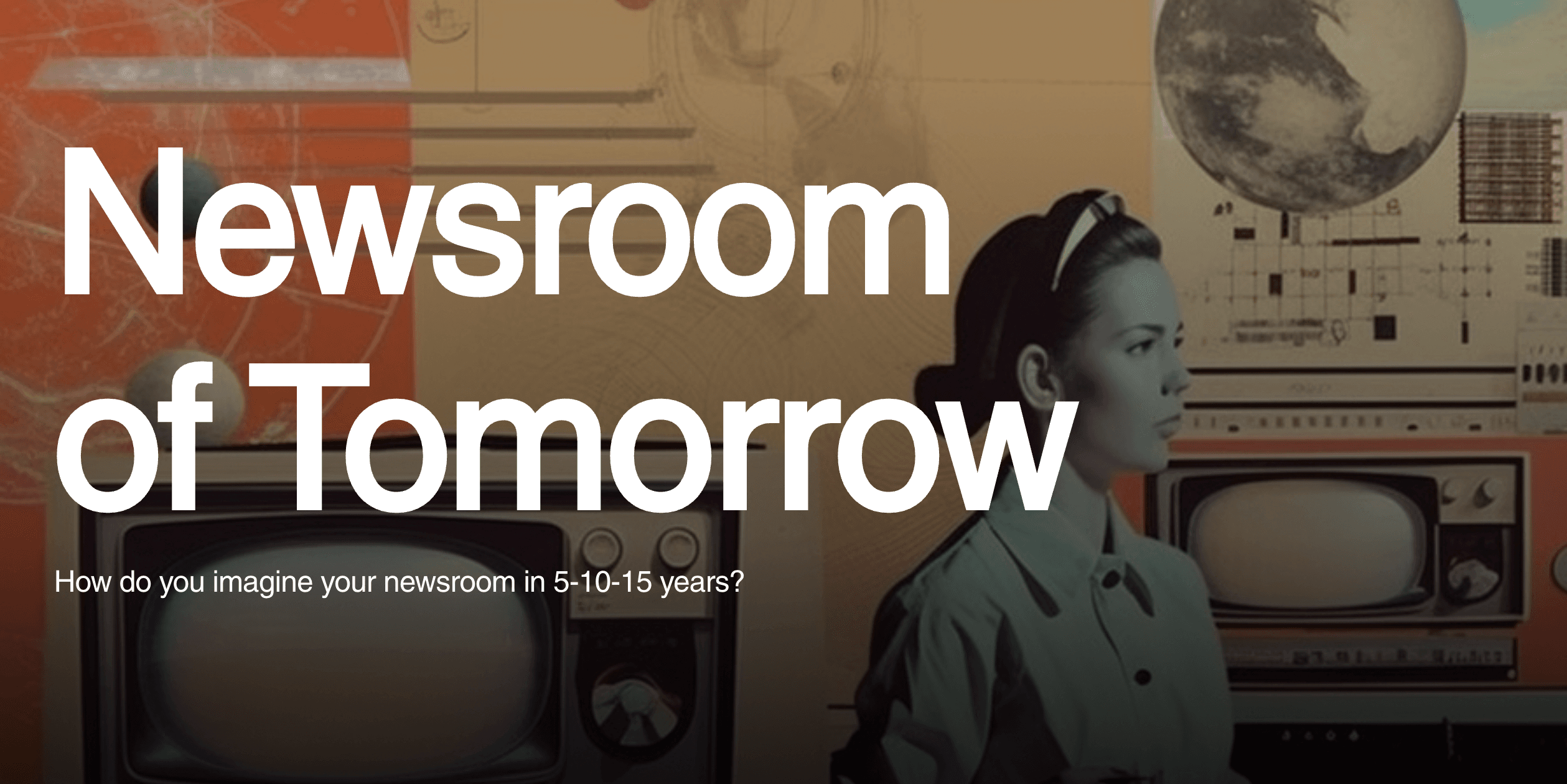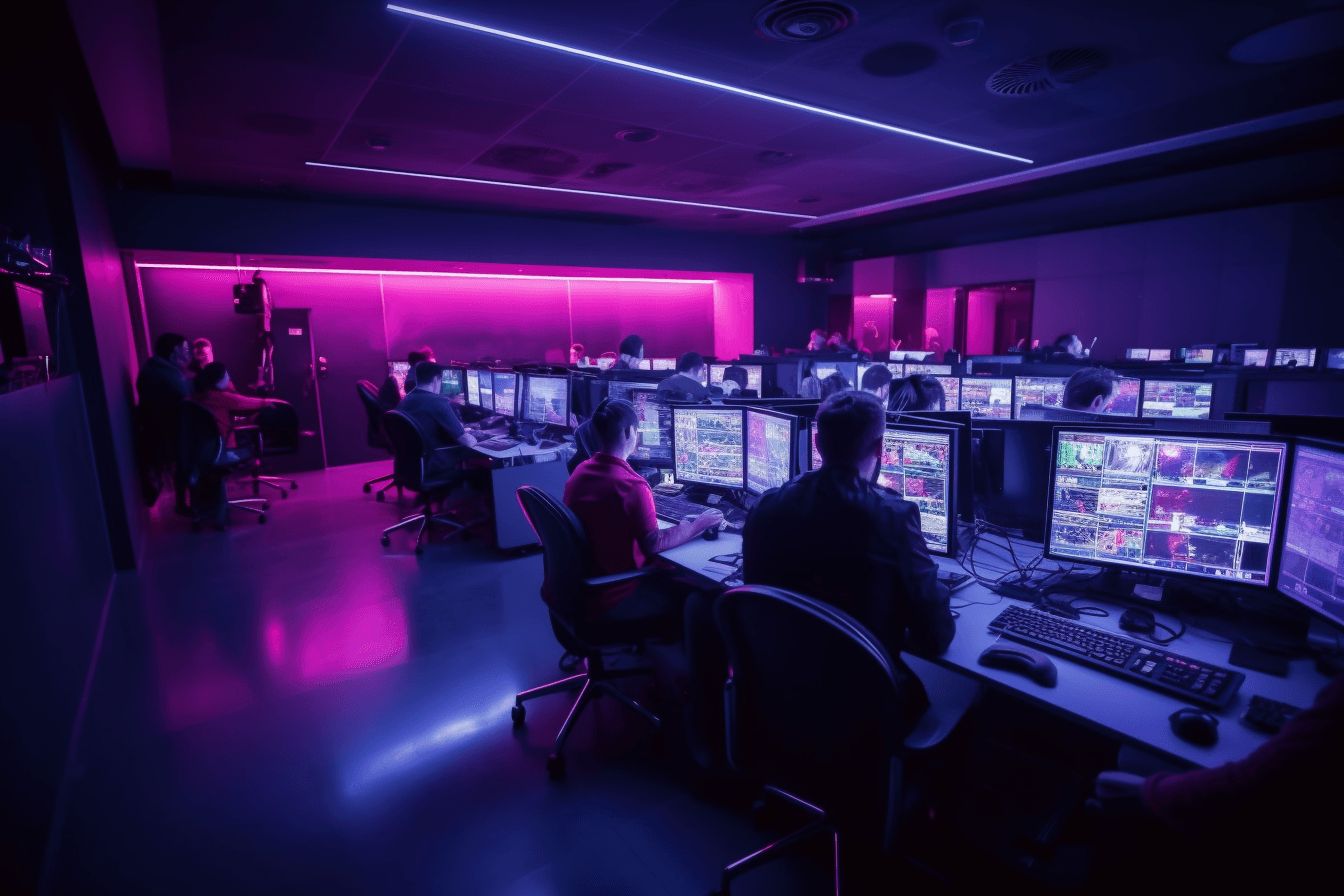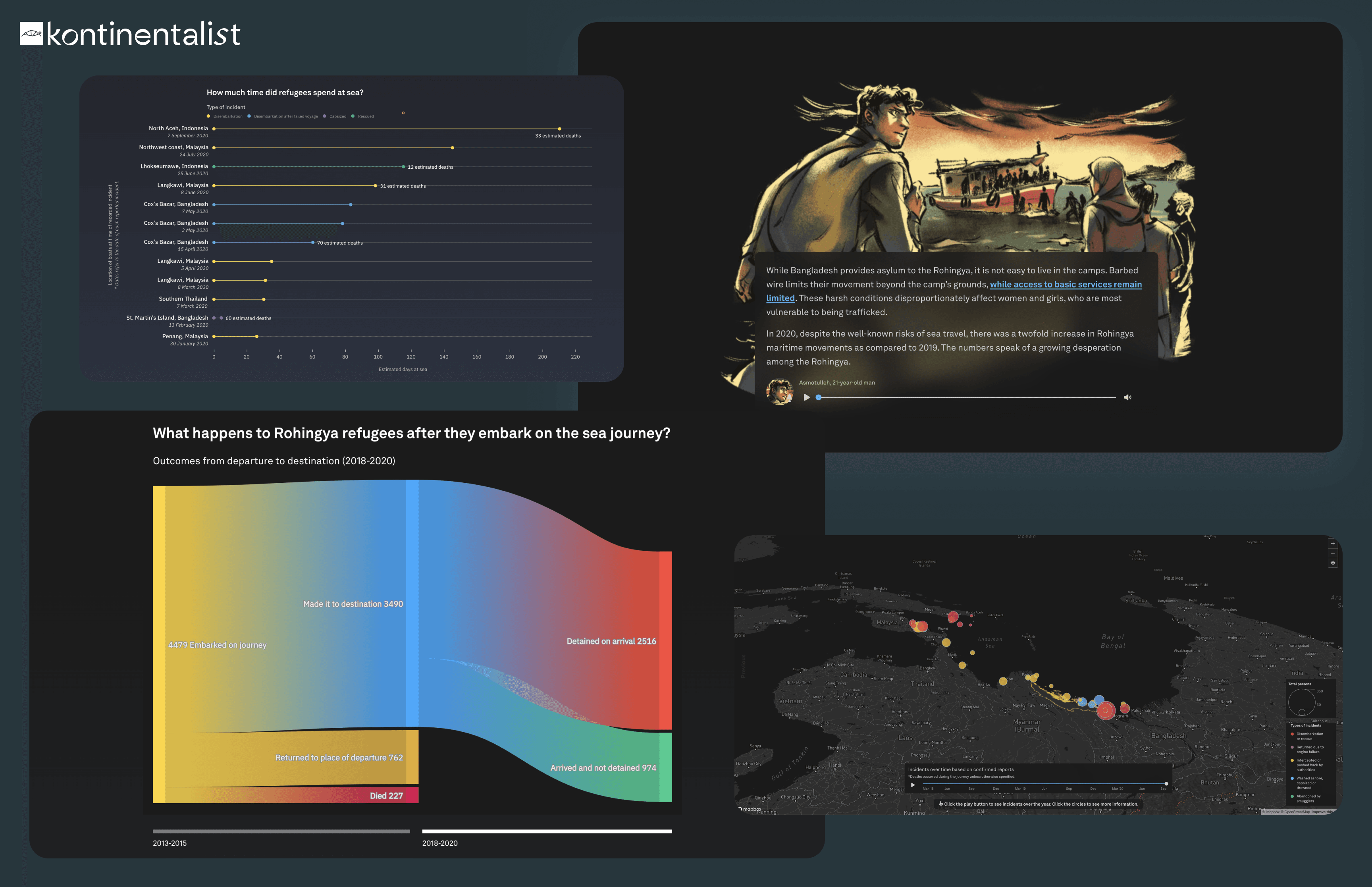My newsroom experience with AI
14 Dec 2023
Mili Semlani from E27 shares her experience with AI as as an individual in the media industry and as a team manager.
Written by Mili Semlani
From my perspective, as an individual in the media industry and as a team manager, AI has been a topic I've been considering for more than a year now. In that time, we have looked at numerous AI tools and experimented with different features. Our focus at E27 is on seamlessly integrating AI into our daily workflows, making it an integral part of our routine.
The text is part of our trend book “The Newsroom of Tomorrow”

AI's potential and challenges
At E27, we're already using AI to transcribe and summarise social media content, a valuable resource for our daily newsletters. We're also exploring the potential of AI in content creation, albeit with some reservations. In this context, the ability of AI to source up-to-date information remains questionable.
For example, I tried to put together an article on upcoming tech events in the next three months, and while AI was able to provide the names of the events, the inclusion of made-up dates — such as an event we organised ourselves — highlighted its limitations.
This raised questions about the reliability of AI information, especially in content production. As journalists, we're still responsible for thorough research and fact-checking, which leads us to cross-check event data and talk to event organisers. The role of AI here could be to support the subsequent stages — once we have gathered all the relevant details, it could help structure and format the content. However, the current inability of AI to take an editorial perspective limits its effectiveness in this area.
Spoiler: Humans still needed
The same is true for fact-checking – I believe the vision of widespread use of AI in this field is still a long way off. I've come across tools like plagiarism checkers and discovered a tool that uses AI to determine if the content was generated by AI – but despite these advances, we aren't yet at a point where we can entirely rely on AI for fact-checking. This opinion is also shared by other journalists I've spoken to.
Another challenge we face is user-generated content, which requires careful editorial oversight. In our newsroom, every user-submitted article is carefully reviewed and sometimes significantly revised. This cautious process considers the diverse contributors, including startup founders, thought leaders and investors — individuals with valuable perspectives but not always polished writing skills.
However, AI's understanding of context and nuance remains inadequate, unlike an editor's innate understanding of what enhances an article's impact.
So far, AI's application in this area is still rudimentary; its contributions are limited to rudimentary spell-checking and basic formatting. Substantive improvements, such as recognising and integrating perspective elements, elude current AI capabilities. Our goal is efficiency, a goal that AI can undoubtedly support. However, the current level of AI involvement requires significant manual intervention.

An AI-generated picture showing journalists at work (generated by Midjourney)
Exploring new horizons: AI-generated visuals
A third avenue we have embarked on involves AI-generated images. Even though our content is mainly about textual material, images play a crucial role in engaging readers. The fact that we have relied on stock images in the past has inspired us to explore the potential of AI in creating custom illustrations, often focusing on illustrative styles. AI-generated images harmonise well with our content themes, which usually revolve around technology, start-ups, investments and related areas.
We're still in the early stages of implementing this approach, so assessing the impact on reader engagement is too early. AI-generated images offer variety, but their effectiveness has yet to be tested. We're also exploring converting text to video, a strategy tailored to platforms such as Instagram.
Given our content's relative lack of visual appeal, we see AI-powered short videos as a means to engage audiences. This involves turning written articles into succinct video snippets with subtitles and excerpts. However, there is a catch: current AI videos often have an advertising slant that unintentionally conveys a promotional tone instead of a genuine editorial core.
The path to refining its functionalities may sometimes seem redundant, as performing tasks manually seems more expedient. However, fostering a culture of exploration and innovation within our team drives us forward as we anticipate the continued evolution of AI and its growing role in our operations.
Beyond information and into media's community-building evolution
Apart from AI, I’m seeing some fascinating trends in how the media landscape is transforming its traditional role as a mere purveyor or collector of information. It's increasingly about cultivating a sense of community, and this concept manifests itself in various ways.
Consider the Philadelphia Inquirer, a local media company from Philadelphia. They've created a tech tool akin to "Philly Eats," focused on the city's restaurants — a dynamic interactive map. This tool opens a realm of exploration, impressing me with the audience's keenness for up-to-date restaurant info. It illustrates how media firms understand their audience's preferences, innovatively catering to what truly resonates.
Also, the membership sector has taken on a fascinating new dimension. It's no longer just about offering free and paid articles. Today, media are reshaping the concept of memberships into vibrant communities where members feel part of an exclusive club. They can interact with other readers, perhaps even at face-to-face meetings.
An exciting example of this is The Atlantic Festival, an event for readers of The Atlantic. They have focused on specific topics, and participants can discuss them with authors and others. This will cover various topics such as improving lifestyles and healthier eating habits. The concept of uniting readers and providing platforms for interactive engagement is something I've observed in different organisations, each bringing its flavour to this approach.
I also see a growing trend towards working with the public sector and creating compelling photo stories. Photojournalists capture various images throughout the year, and while some find their way into publications, a significant number remain unseen. Newspaper editors are taking on the task of showcasing these previously untouched photo stories and providing additional context to the audience. This strategy increases the reach and depth of our content.
The Newsroom of Tomorrow needs collective engagement
As a closing thought – I'm convinced that the discussion on AI will only become more substantive and possibly extend to more solutions and deeper aspects of design. We feel that we're all in an exploratory phase, trying the different tools available.
Therefore, I eagerly await the emergence of innovative AI-powered solutions and enhanced user experiences beyond the mere dissemination of information. These two trends seem promising on the horizon.
What I find vital in this discussion is the need for spaces or platforms to foster conversations about AI in newsrooms. It's as if we need a collective effort to share insights. While there are documents that summarise how newsrooms are using AI, I think it's time we, as a community, created comprehensive playbooks. These could include guidelines on preparing journalists for AI and seamlessly integrating AI into their daily operations.
Read also: How to build a knowledge system around a new tool?
Imagine you're leading a team of editors or reporters — what can we do at this level to familiarise them with AI or improve its use in their workflow? There is a need for accessible training and resources, which many media organisations may not have considered yet. We must address this gap quickly, as it has already taken us a long time to keep up with the ever-evolving technology and media landscape.
The text is part of our trend book “The Newsroom of Tomorrow”

Mili Semlani is Head of Content and Community at E27, a media company focused on technology startups in Southeast Asia, China, India and the US. With expertise in community building and newsroom management, she shares her insights on the evolving role of AI in newsrooms, its impact on journalism, and the challenges and opportunities it presents.



